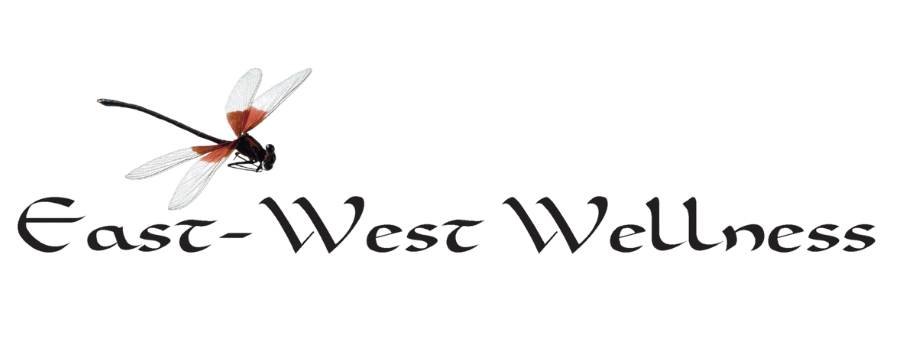Energetics of Horseradish: Spicy Spring Antioxidant
Horseradish, Armoracia rusticana, is a cruciferous vegetable that is part of the Brassica family (which contains mustard, wasabi, broccoli, and others). This potent root vegetable is also considered a perineal plant and has a multitude of beneficial uses. The root of the plant is what most are familiar with consuming, however the leaves and flowers can also be harnessed in various ways—nearly every part of the plant has medicinal properties.
Horseradish can be used as an expectorant to fight the common cold, flu, and various respiratory disorders. Horseradish has also been found to have antibiotic, antifungal, and anticancer properties. The German Commission E (equivalent to the US FDA) prescribes horseradish as a treatment for UTIs
Energetics
Horseradish nourishes the Lung, Spleen, and Large Intestine meridian channels. It has a warming constitution and a pungent flavor profile. The pungent energetics will assist in opening the orifices of the body: expels congestion in the lymph system and phlegm in the lungs. The energetics of horseradish also strengthen yang by dispersing cold and treats external conditions like fevers and chills. It also supports, warms, and invigorates the lungs, supports liver yang, promotes urination, and assists in removing blockages from the body.
Nutrition of Horseradish
The nutrition of horseradish starts with Glucosinolate, found in horseradish, is a vital antioxidant compound that has many benefits for the human body. This compound is a main proponent for its anti-cancer ability. Glucosinolate protects the body from toxic mutagens and also assists the body in detoxifying those that are already present within the system (by increasing blood flow to the areas infected by pathogens). Broccoli and others from the Brassica family have this compound as well, however, it is 10 times more abundant in horseradish. For more information about the scientific evidence for horseradish’s nutritional components see the life extension link at the bottom of this blog post.
Recipe Using Horseradish
Horseradish Tea
The leaves of horseradish can be put into hot water to drink as tea. This form of medicine was used to treat scurvy (due to its high vitamin C content).
Pungent Probiotic: Homemade Horseradish
Ingredients:
2 tbsp. kombucha (or whey if your meal is a dairy meal)
1 6 inch horseradish root, peeled and chopped
½ tsp. salt
*Cold water
Alternative addition: beets!
Method:
Peel and chop the horseradish root into ½ inch slices. Put on your onion goggles and proceed in a well-ventilated space. Put the horseradish root, kombucha (or whey), and salt, into your food processor. Process on high for 30 seconds. Add cold water 1 tbsp. at a time, if necessary, to allow the blades to process the horseradish root freely.
*if using store-bought kombucha, then make sure to get an unflavored version. Also, open the bottle and allow it to stand on the counter for a couple days to a couple weeks (put cheesecloth over it with a rubberband to keep bugs out). This will allow for the kombucha to become more potent*
When the horseradish root is pureed fully, transfer the prepared horseradish root to a jar and refrigerate. The kombucha (or lacto-bacteria in the whey) will preserve the horseradish for several weeks, if kept refrigerated.
Recipe by Joybilee Farm
http://www.lifeextension.com/magazine/2009/11/horseradish-protection-against-cancer-and-more/page-01
https://www.eastwesthealingacademy.com/herbs/horseradish/
https://www.organicfacts.net/health-benefits/vegetable/horseradish.html
http://joybileefarm.com/horseradish-passover/
